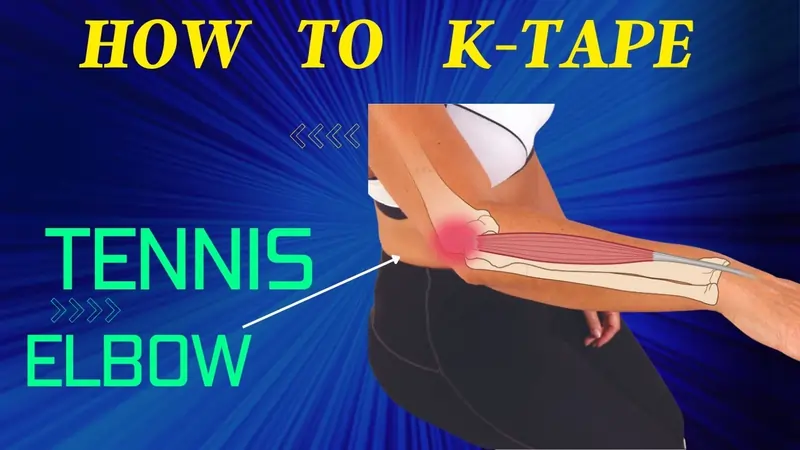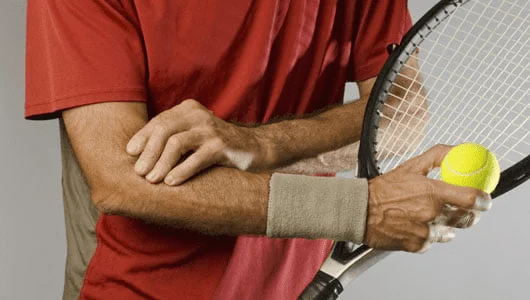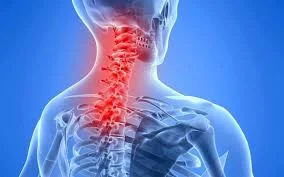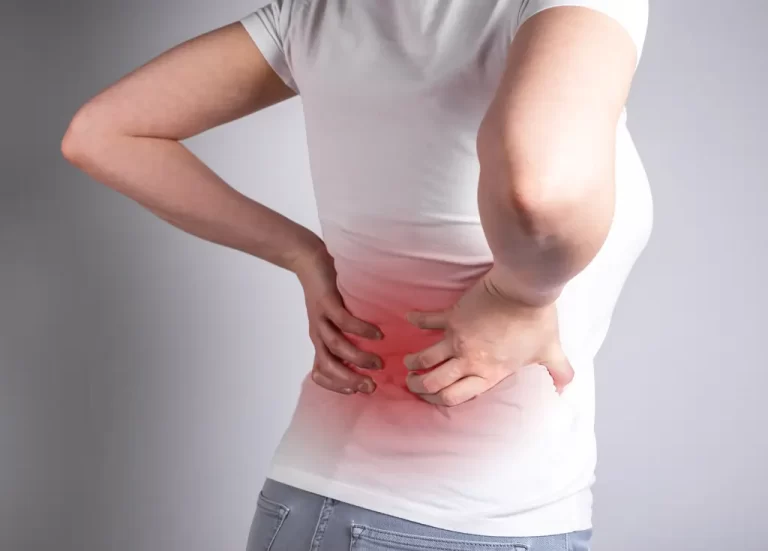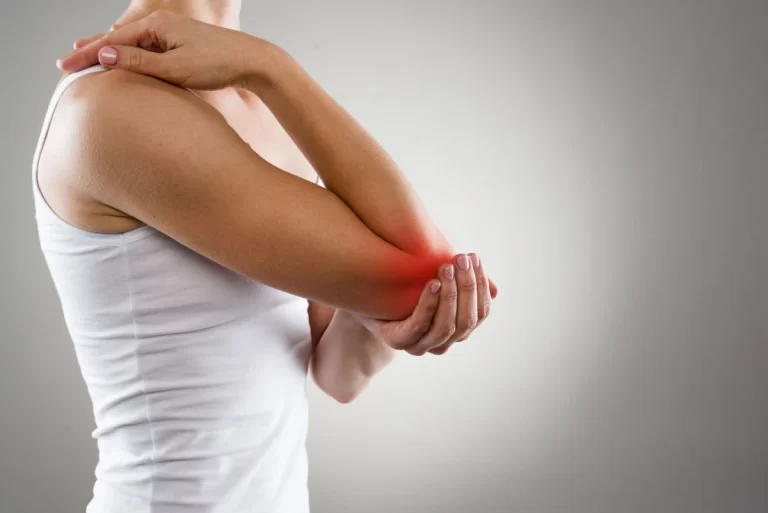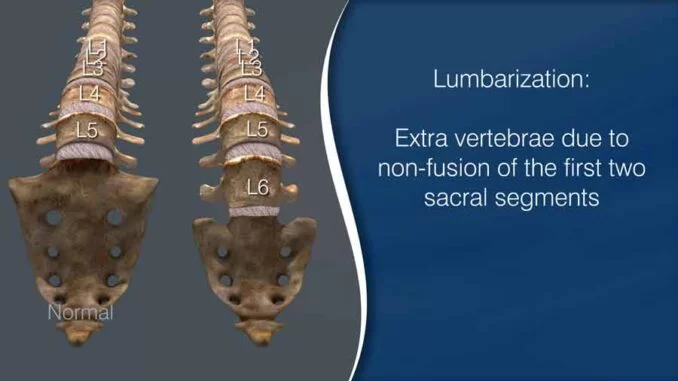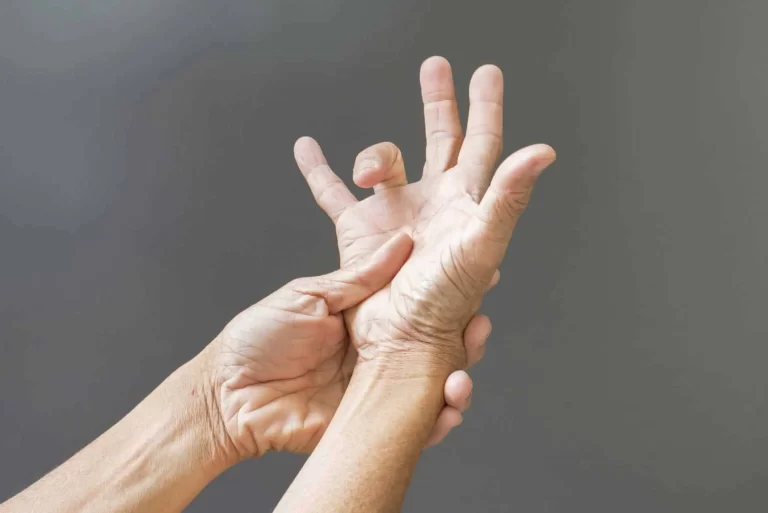KT Tape For Tennis Elbow
K tape for tennis elbow helps to relieve pain by slightly lifting the skin, which can reduce pressure on the underlying tissues and relieve tennis elbow discomfort.
Tennis elbow, also called lateral epicondylitis, is a disorder that affects the tendons on the outside (lateral) of the elbow and is characterized by pain and inflammation. Despite the name’s association with tennis, several activities involving repetitive wrist and arm movements can result in this injury. Using kinesiology tape can ease the pain and stimulate faster recovery during tennis elbow therapy.
While playing tennis is the activity that may cause tennis elbow, which is a form of elbow tendonitis, this is not the case for all affected individuals. Just 5% of them. Around 50% of tennis players will experience tennis elbow at some moment. A tennis arm typically affects the side (or arm) that is used for writing. Repetitive movements are the primary cause of the tennis elbow development.
This might include tasks like screw tightening, painting, working on assembly lines, and using a mouse. In the area where the tendon attaches to the elbow bone, this causes an overload and inflammation. Tennis elbow affects 2% of people, with an average age of 40 to 50.
Introduction
K tape is thought to relieve pain by slightly lifting the skin, which can lessen pressure on the underlying tissues and ease tennis elbow discomfort. The term “tennis elbow” refers to an inflammation of the elbow bone that frequently develops following a strain on one side. The cause is frequently tedious, repetitive activities like playing tennis, doing cleaning or remodeling work, trimming plants, etc.
Anger of the tendon attachment, which joins the muscles to the elbow bone, may result from such unilateral stressing of the forearm’s extensor muscles. The end effect is a forearm-radiating stabbing pain on the outside of the elbow. This happens in daily life when you hold something, write with it, etc. Overworked muscles and irritated tendon insertion can both be relieved with this taping technique.
This tape was created to support the elbow and lessen strain from the overused muscles. It facilitates faster and more effective tendon healing by redistributing the muscular strain. This is an easy technique to use, and when combined with rest, it can significantly lessen the severity of the symptoms. It is a cost-efficient and successful treatment for tennis elbow.
Activities that may cause tennis elbow
Tennis elbow can result from a variety of activities, including using a hammer. The following are some examples of activities that could result in tennis elbow pain:
- Playing Tennis: Tennis elbow can result from the repetitive motions used to swing a tennis racket, especially during backhand strokes, which strain the elbow tendons.
- Golfing: The repetitive motion of gripping and swinging a golf club can cause tennis elbow in golfers, particularly if their swing technique puts undue strain on the tendons in their forearms.
- Weightlifting: Some weightlifting exercises, like barbell/dumbbell rows, wrist curls, and bicep curls, can strain the tendons in the elbow joint and cause tennis elbow, particularly if done incorrectly or with too much weight.
- Painting: Tennis elbow may arise from the repetitive straining of a paintbrush or roller tendons, especially during wall or ceiling painting.
- Carpentry and Construction Work: Tennis elbow can result from repetitive gripping, lifting, or hand tool use tasks that put excessive stress on the tendons, such as hammering, drilling, or screwing.
- Typing and Computer Use: The forearm muscles and tendons can become strained from prolonged and repetitive typing or from using a computer mouse without proper ergonomics or breaks, which can result in tennis elbow.
- Cooking and Culinary Activities: Tennis elbow may occur over time from repetitive chopping, slicing, or stirring motions in the kitchen, particularly if ergonomic tools or correct techniques are not used.
- Gardening: Tennis elbow is caused by of repetitive straining the tendons in the elbow, which can happen when you use hand gardening tools, dig, rake, prune, or work for long periods without changing positions.
- Assembly Line Work: Tennis elbow can develop as a result of repetitive motion-intensive jobs like assembly line work or factory duties that strain the elbow tendons.
While these activities are frequently linked to tennis elbow, it’s important to remember that individual factors like technique, frequency, duration, and ergonomic considerations can also affect the chance of developing this condition.
Tennis elbow symptoms
- Symptoms of pain at the lateral side of the elbow.
- Stiffness, fatigue, and pain in the arm, especially when waking up in the morning.
- The pain may radiate to the wrist, forearm, upper arm, shoulder, and sometimes even the fingers.
- When the stretches in the wrist and hand muscles become taut, pain complaints arise.
Apart from the symptoms mentioned above, you can also identify whether you have tennis elbow by performing the following exercises:
- Complaints of pain if the hand is stretched and the therapist applies counterpressure.
- Pain when flexing the wrist backward.
An active rotation against resistance can cause pain.
Benefits of using K tape for tennis elbow pain
- Pain Relief: Kinesio tape is thought to relieve pain by slightly lifting the skin, which can lessen pressure on the underlying tissues and ease tennis elbow discomfort.
- Support and Stability: Kinesio tape can assist in improving joint mechanics and reduce strain on the injured area by providing external support and stability to the tendons and muscles surrounding the elbow joint.
- Range of Motion: Kinesio tape has an extensive range of motion because of its elastic and flexible design.
- Easy Application: Applying Kinesio tape is not too difficult, and there are numerous methods and instructional videos online to help users apply tennis elbow tape correctly.
- Non-Invasive and Drug-Free: A non-invasive, drug-free treatment for tennis elbow pain is Kinesio tape. It can be applied in addition to or instead of prescription drugs and other therapeutic measures.
Five drawbacks to using K tape to treat tennis elbow Pain
While there are a lot of benefits to using K tape for tennis elbow, you should be aware of some possible drawbacks as well. The five “cons” of applying Kinesio-tape to treat tennis elbow pain are listed below:
- Limited analyses: The significance of k tape for tennis elbow pain is still a topic of discussion.
- Individual Variability: Each person may react differently to K tape. While some people may have substantial relief from their symptoms, others may only see a slight or nonexistent improvement.
- Skin Sensitivity: The adhesive in K-Tape may cause skin sensitivity or irritation in certain individuals.
- Short-Term Relief: Kinesio tape is usually applied as a temporary fix or as momentary relief.
- Cost: When compared to other tennis elbow pain treatments, K tape can be rather costly. Ongoing use can lead to additional costs, especially if a professional application is sought.
It’s essential to remember that, even though k tape might help some people with tennis elbow pain, it cannot replace an accurate diagnosis and thorough care. To find the best course of action for treating tennis elbow and to address any underlying causes or contributing factors, speaking with a medical professional or physical therapist is advised.
Tips for a good arm-taping application:
- Inspect if there are any contraindications for not taping.
- Before you begin taping, carefully read the instructions.
- Select a color of tape, any color that fits your temper!
- Round all the edges to control peeling.
- Do not pull the tape at the start and the end.
- Massage the tape well for adhesion. Heat triggers the adhesive layer.
- Showering or swimming is feasible, pat the tape dry after it gets wet. Do not rub it hard.
- It is more comfortable to remove the tape with the body or massage oil.
How to tape a tennis elbow?
In addition to therapy such as massage and exercise therapy, kinesiology tape can be used to decrease the pain and facilitate a faster recovery. Tip: Because the kinesiology tape is put near the wrist, it could come off easier due to sweat or motion of the hand.
Taping Techniques
When you are getting ready to use kinesiology tape it is important to have all the supplies you must prepare to go. So before you begin, hold your kinesiology tape and scissors. Some kinds of kinesiology tape do come pre-cut. Clean your arms and elbows to clear any dirt and oils.
This will provide the tape adheres to the skin. These taping procedures can relieve pain and soreness induced by tennis elbow. They are intended to help your arm while you recover.
Forearm Method
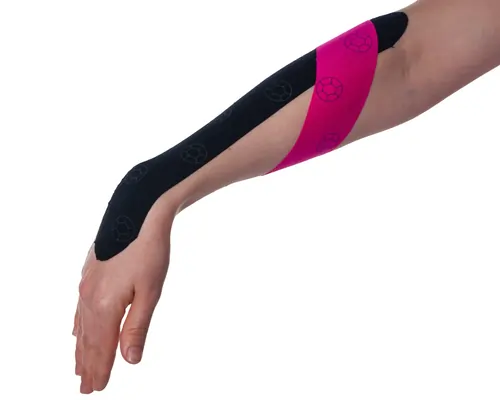
- Cut a piece of kinesiology tape for the measurement of the tips of your fingers to just beyond your elbow.
- Making two incisions for your middle and ring fingers, bend the tape end one inch.
- Place the tape on the back of your hand, palm facing down, flexed, and insert your fingers into the holes that have been cut out.
- Lift the adhesive backing and apply pressure to the one-inch segment on your hand.
- After peeling off the remaining adhesive backing, stretch the tape 10–15 cm over the lower arm’s extensor muscles and up to the elbow’s lateral epicondyle.
- Section off ¾ of the length of a second piece of kinesiology tape on one end to create two separate strips. The second piece of tape should be about six inches long.
- On the back of the elbow, position the first two inches of the second piece of tape.
- Wrap one of the strips around your forearm, pulling it taut about 75% of the way. Apply the same method to the second strip.
Arm Method
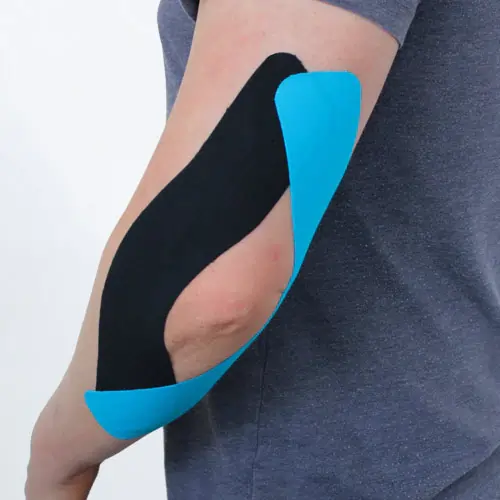
- Begin with a pre-cut piece of kinesiology tape about ten inches long.
- Extend out your involved arm with your palm facing downward and your hand bent down.
- Place the tape halfway up your arm, on the back of your forearm, after pulling the backing off a tiny part of the tape.
- Remove the adhesive backing on the remains of the tape with about 60% to 70% stretch and put the tape down over the upper arm.
How kinesio tape works
Compared to regular athletic tape, kinesio tape is different. Made from a combination of cotton and nylon, it offers light support but is more flexible than stiff athletic tape, allowing for a greater range of motion. It’s used by physiotherapists, chiropractors, and athletic trainers for a range of injuries.
Here’s how it works:
- Decreases pressure: For tennis elbow, KT can decrease the load on the elbow when the wrist extensors squeeze, which reduces irritation of the tendon where it interacts with the lateral epicondyle of the bone. KT can lessen annoying friction by adding very little more room to the joint.
- Alters perception of pain: Because KT generates a slight stretch on the skin and underlying tissues, it has light pressure with decompression where it’s used. This may prevent pain signals from being transmitted or alter the way the brain interprets pain signals.
- May increase circulation: It is believed that KT increases the amount of space beneath the skin, which encourages lymph and blood flow, both of which can promote healing.
- Enhances proprioception: You’ll probably move slower and ergonomically when wearing KT because you’re inherently more aware of this part of your body.
When to avoid taping
Tennis elbow may not always be treated with taping. For some people, the tape may cause more problems than it fixes. If you find yourself in any of these situations, you need to stay away from taping.
- In bone fractures taping should be avoided unless instructed by a doctor
- kinesiology tape allergy
- Open sores or scratches on the area that requires to be taped
- If the tape generates pain, numbness, swelling, or redness
- If you have problems with sensation or circulation
Kinesiology Tape vs Athletic Tape:
- Tennis elbow pain and discomfort can be treated differently with kinesiology and athletic tape.
- Physical therapists and athletic trainers have long used athletic tape. Your range of motion is limited by the tape, which is significantly stiffer than kinesiology tape. Sports tape supports your joints and helps you move less by acting more like a brace.
- In place of athletic tape, kinesiology tape promotes improved lymphatic and blood flow by gently lifting the skin and offering mild support. It doesn’t limit your range of motion and is more flexible than athletic tape. Kinesio taping for tennis elbow has been shown to have many benefits by physiotherapists and other medical specialists.
Precaution when taping:
One excellent treatment option for tennis elbow is taping, which can be done at home or during physical therapy sessions. Tapping may reduce discomfort and accelerate the healing process when used in combination with other tennis elbow therapies. See your doctor to get all the information you need to make an informed decision about whether or not kinesiology taping is the best course of treatment for your elbow pain.
FAQ
Does KT Tape help with tennis elbow?
Tennis elbow can benefit from KT Tape’s ability to support the affected area by decreasing pain and swelling. In addition, light progressive stretching of the forearm muscles, ice after exercise, massage, and a focus on core movements rather than overuse of the extremities should all be used to reduce the amount of time it takes for healing to occur.
What is the fastest way to cure tennis elbow?
Tennis elbow often gets better on its own. Physical therapy, however, might be the next step of treatment if painkillers and other self-care techniques aren’t working. Tennis elbow which fails to improve with other treatments may benefit from a procedure, such as a shot or surgery.
What is the purpose of taping tennis elbow?
This tape is meant to support the elbow to reduce the strain that comes from overused muscles. Reducing the strain on the muscles facilitates faster and more effective tendon healing. This is an easy technique to use, and when combined with rest, it may significantly decrease the intensity of the symptoms.
Can you wear KT Tape while you sleep?
Physical therapists use kinesiology tape as a non-invasive method to help patients relax and ease muscle pain. You can sleep and shower with kinesiology tape on, and it doesn’t restrain your movement because it closely matches the elasticity of your skin.
How long do you leave KT Tape on?
The K-Tape’s elastic properties allow the muscles to contract back to their resting position by supporting them like a second skin. K-Tape is meant to last for three to four days on average. Your physician will rub the tape to ensure that it sticks to your skin properly because the adhesive is heat-sensitive.
References
- DynaPro Health Inc. (2023, June 19). 10 Valuable Pros & Cons Of Using K Tape For Tennis Elbow Pain • DynaPro Health Inc. DynaPro Health Inc. https://dynaprohealth.com/k-tape-for-tennis-elbow-pain/
- Zhong, Y., Zheng, C., Zheng, J., & Xu, S. (2020). Kinesio tape reduces pain in patients with lateral epicondylitis: A meta-analysis of randomized controlled trials. International Journal of Surgery, 76, 190–199. https://doi.org/10.1016/j.ijsu.2020.02.044
- Kinesio taping for tennis elbow. (2013, August 28). The Good Exercise Guide. https://goodexerciseguide.com/kinesio-taping-for-tennis-elbow/
- Stier, N. (2022, June 23). How to Tape Tennis Elbow with Kinesio Tape. Fiix Body. https://fiixbody.com/blogs/fiixbody/how-to-tape-tennis-elbow-with-kinesio-tape
- Vive Health. (n.d.). How to use Kinesio tape for tennis elbow. https://www.vivehealth.com/blogs/resources/kinesio-tape-for-tennis-elbow

